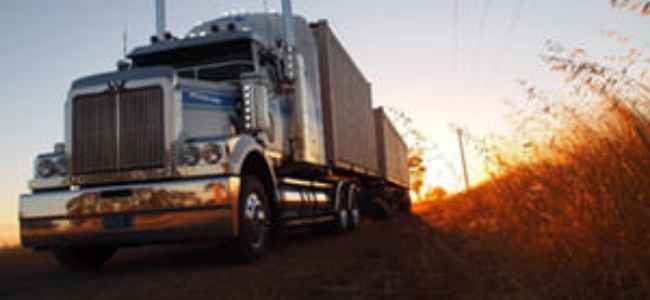Manufacturing is the most significant part of any business. Manufacturing changed a lot in the past few hundred years, and some significant changes happened in its processes, tools, machinery, etc. There are different stages for a manufacturing business. From the determination and transportation of the raw materials, the technology and machinery evolved to a great extent to maximise productivity. For example, the transportation of goods using container transport became more widespread as it is more productive than other methods.
As Australia becomes the hot spot of different large scale manufacturing and business hubs, its infrastructure is transforming to accommodate the new changes. The availability of various raw materials and a good infrastructure development made Australia the hotspot for many businesses.
For any manufacturing process, the flawless working of each stage determines the overall productivity. The problem affecting any of these individual stages will affect the overall process.
1.Raw Material Collection
This stage is the primary stage of any manufacturing process. Australia is known for the easy availability of many raw materials. Finding the proper raw material and its collection affects all of the other stages. This stage includes the comparison of different available raw material sources and choosing the optimum source.
As an island nation, Australia depends upon container transport of raw materials with the help of ships. These raw materials are transported by various means to the processing centre. Due to the vast network of road and rail transport systems, raw material transport is easy and flawless in most parts of the country.
2.Sorting and Pre-Processing
The raw materials transported to the manufacturing unit are selected after careful sorting. This sorting helps to identify any quality issues in the raw materials. It is necessary to use the best quality materials to manufacture the best products. Also, many manufacturers collect different raw materials at the same time. The sorting units make sure that each of the materials is transferring to the appropriate section.
Not all the raw materials come directly usable. So after sorting, many of these un-finished raw materials go to pre-processing units to make them suitable for production. Sorting and pre-processing units are also responsible for the quality assurance of the raw materials. For quality assurance, different quality tests are performed in the randomly selected samples of raw materials.
3.Production
Production is the stage at which the final product is developing. The quality tested and pre-processed raw materials are transferred to the production units. By using various methods, the materials are treated to make the final product. The production methods change as per the type of manufacturing unit.
Now due to the many technological advancements, most manufacturing sectors use automatic systems for production. Especially in Australia, many manufacturers moved to fully autonomous systems to reduce labour force and increase productivity.
4.Quality Checking and Packing
The products have to undergo many quality assurance test standards by the Australian government to ensure that the produced goods are safe for consumer use. Many Australian private companies also have their internal quality test standards to maintain the quality of their products.
After quality checking, the products are transferred to the packing unit. The packing of different products varies like packing. Some products are sensitive to damages, and such products are packing in shockproof materials to absorb the force on impact.
5.Transportation of Products
Many Australian companies export their products to different countries by using ships. So such companies use container transport from the factories themselves. This strategy will help to reduce transportation costs. Due to the large size of Australia as a nation, the railway networks help in long-distance transports. These containers are also helpful for high quantity supply to a short distance.




















